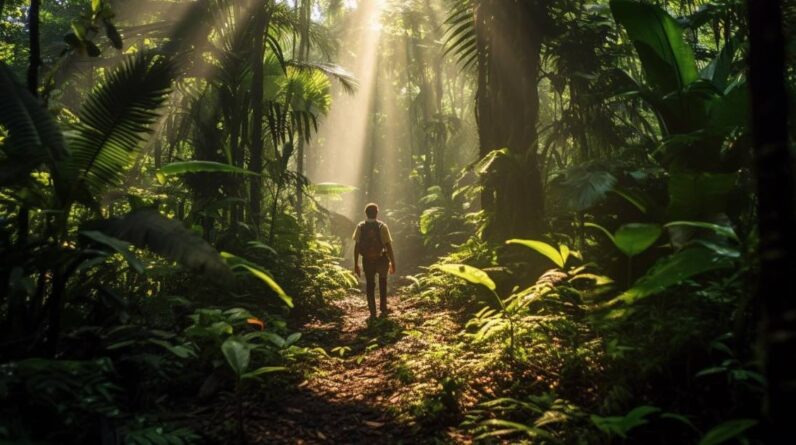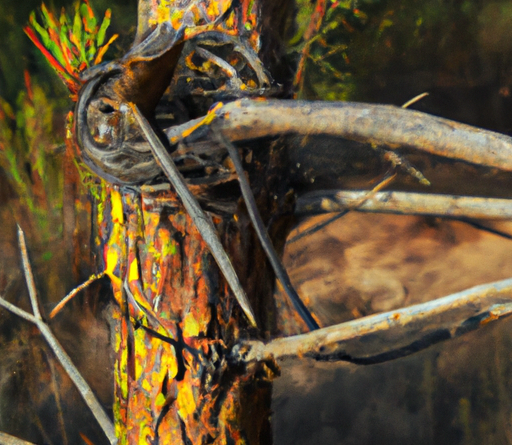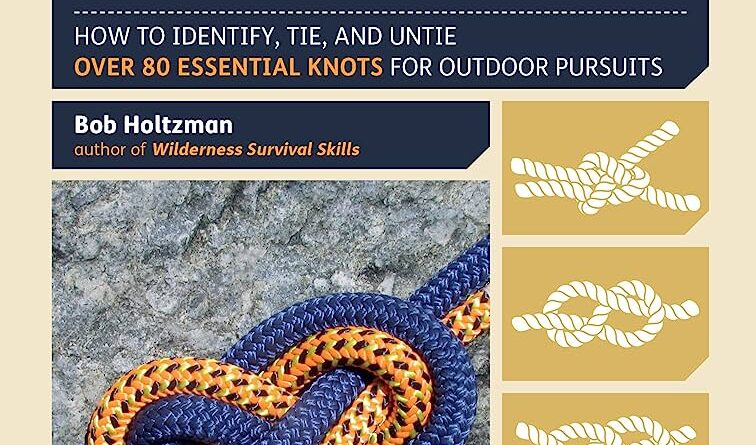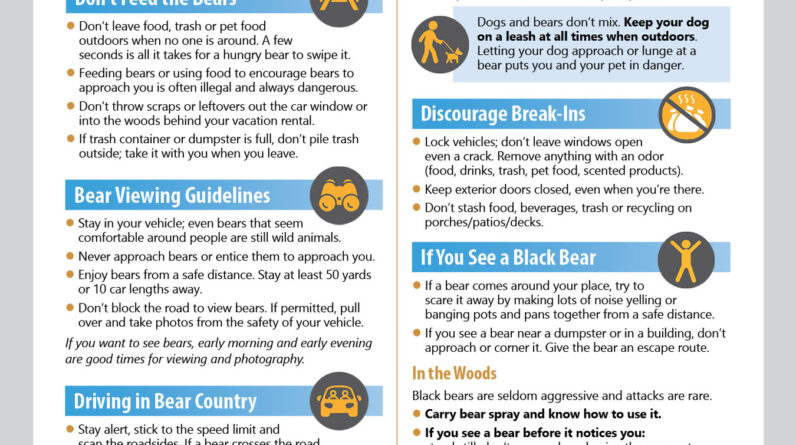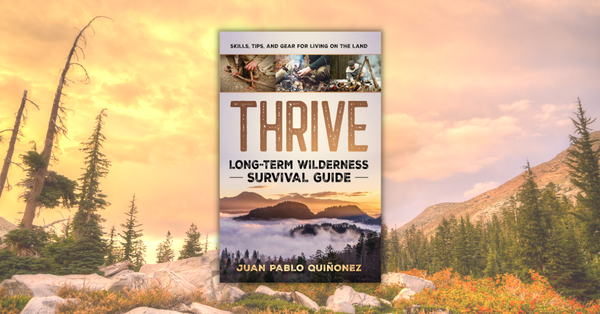
Introduction
Welcome to the world of wilderness survival! In this article, we will delve into the art of thriving in the wild with limited resources. Whether you find yourself stranded in the wilderness unexpectedly or you’re an adventurous soul seeking to embrace the challenge, having the knowledge and skills to survive with limited resources is crucial.
Defining wilderness survival
Wilderness survival refers to the ability to adapt to and overcome the challenges of surviving in an uninhabited and untamed environment. It involves utilizing the limited resources available to you, such as food, water, shelter, and tools, to not just survive, but to thrive in the wild.
Importance of limited resources in survival
Limited resources play a paramount role in wilderness survival. When you find yourself cut off from civilization, you must learn to make the most of what nature provides. From foraging for edible plants and hunting for food to creating makeshift shelters and fashioning tools from rocks and branches, every resource becomes invaluable.
In this article, we will explore various effective techniques and strategies that will enable you to tap into your innate survival instincts and thrive in the wild. So, buckle up and get ready to embark on an incredible journey where you will learn how to make do with limited resources and discover the true strength and resilience within yourself.
Assessing the Environment
When it comes to wilderness survival, thriving with limited resources is all about understanding and making the most of the environment around you. The first step in this process is to assess the wilderness landscape. Take a moment to observe your surroundings and get a sense of the terrain, vegetation, and overall conditions. Are there mountains, dense forests, or open plains? Is there a water source nearby? These observations will help you determine the best course of action for survival.
Understanding the Wilderness Landscape
To thrive in the wilderness, it’s crucial to understand the landscape you find yourself in. Different terrains offer different challenges and opportunities. Mountains may provide shelter and food sources, while forests can offer protection from harsh weather and potential firewood. Open plains may provide easier navigation and the potential for hunting or foraging. By familiarizing yourself with the unique characteristics of the wilderness, you can adapt your survival strategies accordingly.
Identifying Potential Natural Resources
Surviving in the wilderness requires utilizing the limited resources available to you. Take the time to identify potential natural resources in your surroundings. Look for edible plants, fruits, and berries, as well as potential water sources such as rivers, streams, or natural springs. Keep an eye out for signs of animal presence, which may indicate potential hunting opportunities. By identifying these resources, you can maximize your chances of sustaining yourself in the wild.
Remember, thriving in the wilderness with limited resources is all about adapting to your environment and utilizing what nature provides. By assessing the landscape and identifying potential resources, you can increase your chances of survival. Stay vigilant, resourceful, and resilient as you navigate the challenges of wilderness survival.

Water Procurement
When it comes to wilderness survival, one of the most critical skills you need to master is the procurement of water. Being able to find and purify water sources is essential for your survival. Fortunately, nature provides several options for obtaining clean drinking water.
Finding and purifying water sources
You might feel overwhelmed when faced with the task of finding water in the wilderness, but if you know where to look, you can increase your chances of success. Keep an eye out for signs of water such as lush vegetation, animal tracks, and bird activity. Digging in areas near dry riverbeds, depressions, or valleys may lead you to groundwater sources. Once you find water, it’s crucial to purify it to eliminate harmful bacteria and parasites. Boiling water over a fire is the most traditional and effective method. Alternatively, you can use water purification tablets or a portable water filter if you have one.
Creating water collection systems
In addition to finding natural water sources, you can also create your own water collection systems. This can be as simple as tying a plastic bag around vegetation or setting up a rudimentary rain catchment system using a tarp or large leaves. These systems can collect rainwater or condensation, providing you with a steady supply of water. Remember to find a clean, clear area to set up your collection system to minimize the risk of contamination.
With these water procurement strategies in mind, you’ll be better equipped to thrive in the wild with limited resources. Remember, water is essential for your survival, so prioritize finding and purifying it. Stay hydrated and use the resources around you wisely.
Shelter Building
Identifying suitable shelter locations
When it comes to wilderness survival, one of the most crucial skills you need to master is shelter building. Finding a suitable location for your shelter is the first step in ensuring your safety and comfort. Look for areas that provide natural protection from the elements, such as dense trees or rock formations. These will serve as a barrier against strong winds and rain. Pay attention to the ground as well; it should be dry and flat. Avoid areas prone to flooding or landslide risks. Remember to consider your proximity to resources like water and firewood. Being close to these essential elements will make your survival journey much easier.
Constructing shelter from natural materials
Once you have identified the perfect location, it’s time to start building your shelter using the resources provided by nature. Look for sturdy branches, leaves, and moss to create a sturdy framework. Use the branches to create a sloping structure that will allow rain to slide off easily. Layer the leaves and moss on top to provide insulation and keep you warm during cold nights. Ensure that your shelter is well-ventilated, allowing fresh air to circulate. Additionally, use rocks or logs as a foundation to elevate yourself above the ground and avoid moisture seeping in. Remember, your shelter should be sturdy, waterproof, and capable of protecting you from the elements.
With these skills in your knowledge bank, you’ll be better equipped to thrive in the wild with limited resources. Happy shelter building!

Fire Starting
Methods for starting fire in the wild
When it comes to wilderness survival, one of the most crucial skills to master is starting a fire. Fire provides warmth, light, and the ability to cook food and purify water. But with limited resources, how can you start a fire in the wild? Fear not, we have some tried and true methods that will have you warm and toasty in no time.
One of the most basic methods is using a fire starter kit. This kit typically includes a combination of a sparking device, such as a ferrocerium rod, and tinder, such as cotton balls soaked in petroleum jelly. Simply strike the rod against a hard surface, directing the sparks onto the tinder, and watch the fire come to life.
Another method is the bow drill technique. This ancient technique involves using a bow to rotate a wooden spindle against a fireboard, creating friction that generates hot embers. With proper technique and patience, you can blow those embers into a full-blown fire.
Utilizing fire for various survival needs
Once you have successfully started a fire, the possibilities are endless. Fire can provide warmth during cold nights, warding off hypothermia. It can also serve as a source of light, allowing you to navigate in the dark and signal for help. Additionally, fire is essential for cooking food, making it safer to consume and killing off harmful bacteria. It can also be used to purify water by boiling it, removing harmful pathogens and making it safe to drink.
In the wild, fire is your best friend. It is a valuable resource that can make the difference between surviving and thriving. So remember, knowing how to start a fire and utilizing it for various survival needs is a skill that should not be underestimated.
Food Foraging
Navigating the wilderness with limited resources can be a daunting task, but with a little knowledge and practice, you can thrive even in the harshest environments. One of the most essential skills to acquire in wilderness survival is food foraging. By learning to identify edible plants and insects, as well as mastering safe techniques for capturing and preparing wildlife, you can ensure your sustenance during your wilderness adventure.
Identifying Edible Plants and Insects
Knowing which plants and insects are safe to consume is crucial. Spend time familiarizing yourself with common edible plants such as dandelion greens, cattails, and chickweed. Keep an eye out for identifying characteristics like leaf shape, color, and texture. Additionally, educate yourself on the different types of insects that can be safely consumed, such as ants, termites, and grasshoppers. Remember, the key is to avoid anything that appears toxic or unfamiliar.
Safe Techniques for Capturing and Preparing Wildlife
In the wild, wildlife can serve as an important source of nourishment. However, it is vital to employ safe and ethical techniques when capturing and preparing these animals. Set traps using available natural materials, like rocks and branches, or create simple snares to catch small game. Once you have successfully captured wildlife, learn various methods for preparing and cooking them to avoid harmful bacteria. Cooking techniques like roasting, boiling, or smoking can make a significant difference in the quality and safety of the meat.
Remember, survival in the wilderness is a skill that can be honed over time. By mastering the art of food foraging, you ensure not only your survival but also your ability to thrive amidst limited resources. So, keep exploring, experimenting, and adapting, and embrace the challenges of thriving in the wild.
Survival Tools and Equipment
In order to thrive in the wilderness with limited resources, you need to be prepared with the essential tools and equipment. These items will serve as your lifeline and help you navigate the challenges of the wild.
Essential items for wilderness survival
First and foremost, a reliable knife is an absolute necessity. From cutting wood to preparing food, a good quality knife will be your most versatile tool. Additionally, a firestarter is vital for creating warmth and cooking meals. Whether it’s a lighter or waterproof matches, ensure you have a reliable source to ignite a fire.
Next, a sturdy and lightweight shelter is crucial for protection against the elements. A tarp or tent can provide you with a safe haven during harsh weather conditions. Additionally, a durable water container and a method to purify water are essential for staying hydrated.
Improvising tools from natural resources
In the wilderness, sometimes you won’t have access to your survival gear. In these situations, it’s important to know how to improvise tools using natural resources. For example, a walking stick can be fashioned from a sturdy branch, and a spear can be crafted from a sharpened stick. It’s also crucial to learn how to use rocks for hammering, carving, and grinding.
By being equipped with the right tools and knowing how to make the most of natural resources, you can increase your chances of thriving in the wilderness. Remember, preparation is key and having the right survival tools and equipment can make all the difference.
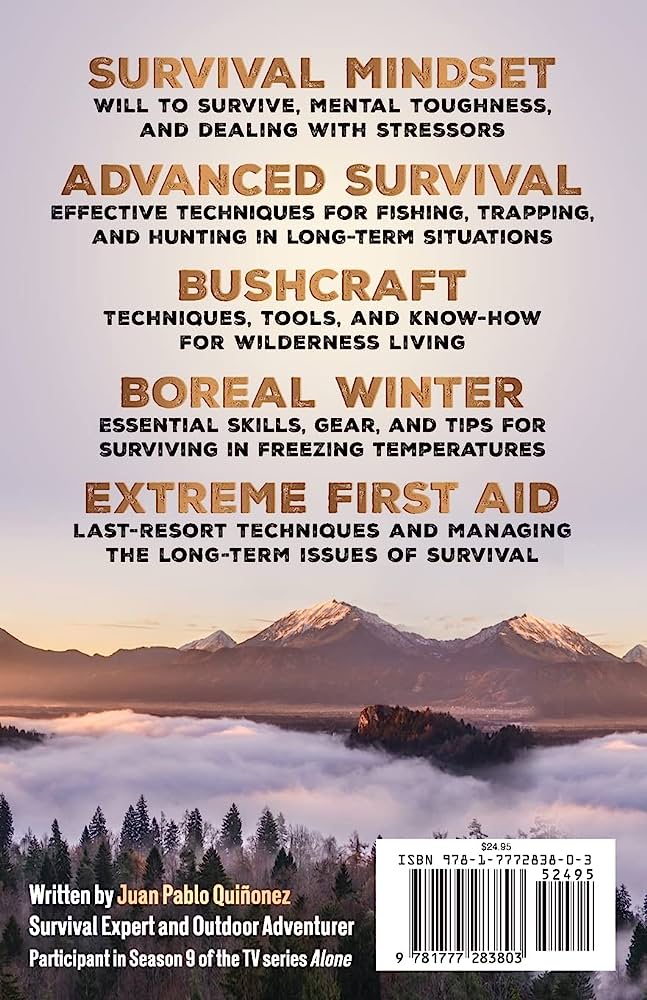
Conclusion
Surviving in the wild with limited resources may seem like an insurmountable challenge, but it is indeed possible. Throughout this article, we have explored various strategies and techniques that can help you not just survive, but thrive in the wilderness.
Thriving against all odds
When faced with limited resources, it is important to approach the situation with a positive mindset. Instead of focusing on what you lack, focus on what you do have and how you can make the most of it. Stay determined and resourceful, constantly seeking new ways to meet your needs. Remember, it is not just about surviving, it is about thriving.
The resilience and adaptability of human beings
One of the key factors in wilderness survival is the resilience and adaptability of human beings. We have the ability to overcome obstacles, think creatively, and adapt to our surroundings. By tapping into these innate qualities, you can navigate the challenges of limited resources more effectively. Trust in your instincts, listen to your body, and never underestimate the power of perseverance.
In conclusion, thriving with limited resources in the wilderness requires a combination of practical skills, mental strength, and a positive mindset. By making the most of what you have, embracing the resilience and adaptability of human beings, and never giving up, you can not only survive, but truly thrive in the wild. So, go out there and embrace the adventure, knowing that you have the tools to conquer any challenge that comes your way.



